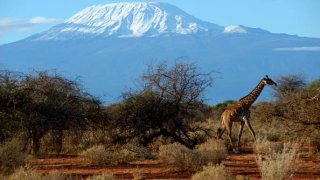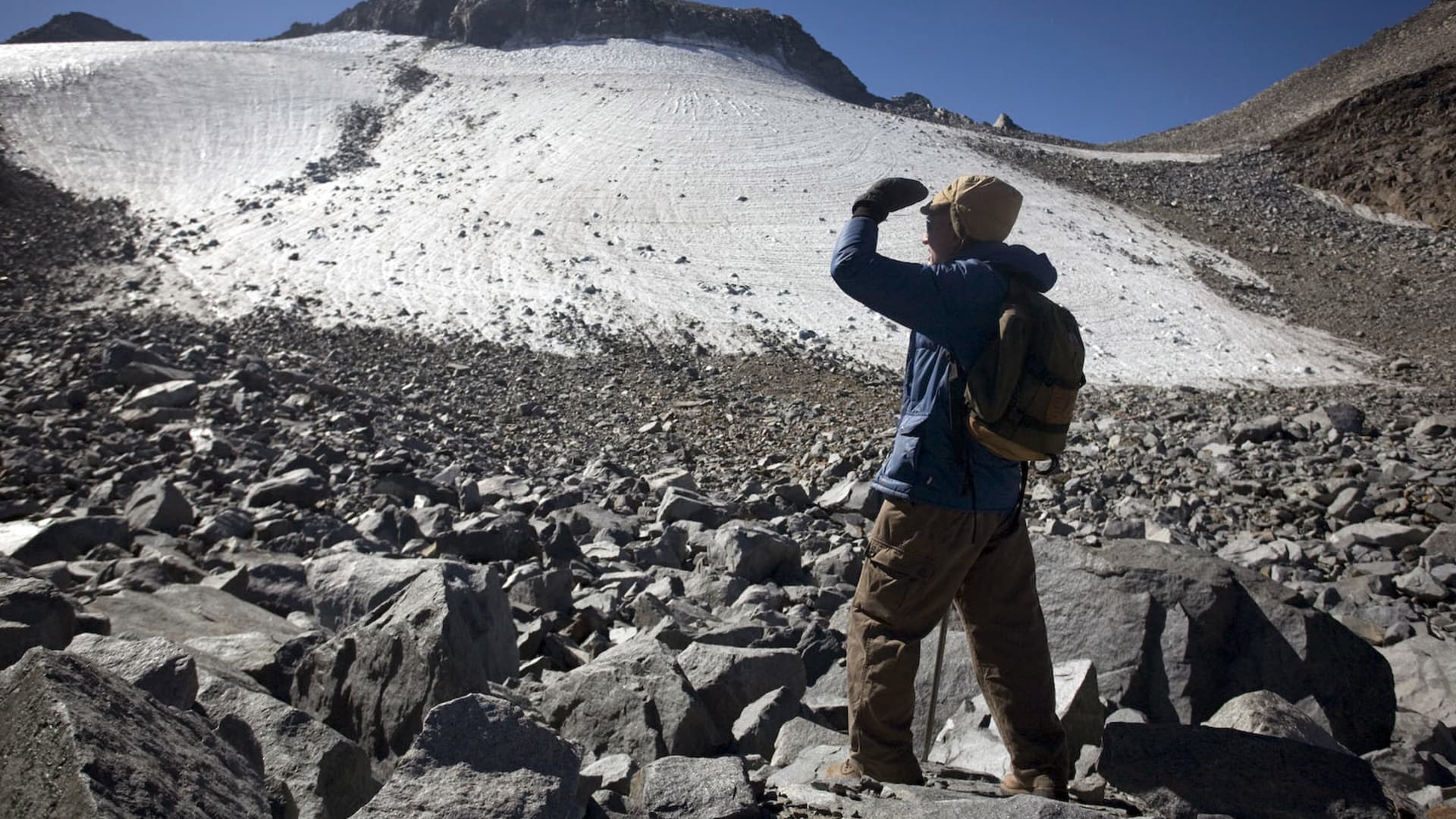
- Major glaciers across the world, including those in the Dolomites in Italy, Mount Kilimanjaro in Tanzania and Yosemite and Yellowstone parks in the U.S., will be gone by 2050 even if global emissions are reduced, according to a UNESCO report.
- Even if global temperature rise is limited to 1.5 degrees Celsius, an increasingly unlikely scenario, at least one-third of the glaciers across the World Heritage sites will disappear by 2050.
- World Heritage glaciers lose about 58 billion tons of ice each year — the equivalent to the combined annual water use of France and Spain.
Major glaciers across the world, including those in the Dolomites in Italy, Mount Kilimanjaro in Tanzania and Yosemite and Yellowstone parks in the U.S., will be gone by 2050 even if global greenhouse gas emissions are reduced, the U.N. Educational, Scientific and Cultural Organization said in a report on Thursday.
Even if global temperature rise is limited to 1.5 degrees Celsius (2.7 degrees Fahrenheit), an increasingly unlikely scenario, at least one-third of the roughly 18,000 glaciers across the 50 World Heritage sites will disappear by mid-century.
"This report is a call to action. Only a rapid reduction in our CO2 emissions levels can save glaciers and the exceptional biodiversity that depends on them," UNESCO Director-General Audrey Azoulay said in a statement.
Get a weekly recap of the latest San Francisco Bay Area housing news. Sign up for NBC Bay Area’s Housing Deconstructed newsletter.
The other glaciers can be saved only if emissions are reduced dramatically and global temperatures do not exceed 1.5 degrees Celsius of warming, UNESCO warned in its report. Half of humanity depends directly or indirectly on glaciers as a water source for domestic use, agriculture and power, according to the report.

Glaciers in Africa will likely be affected the most by climate change. According to the UNESCO data, glaciers in all World Heritage sites on the continent will "very likely" be gone by 2050, including Kilimanjaro National Park and Mount Kenya.
Money Report
World Heritage glaciers, which represent about 10% of the world's glacier areas, lose about 58 billion tons of ice each year — the equivalent to the combined annual water use of France and Spain. The melting is responsible for nearly 5% of observed global sea-level rise, the report said.
"When glaciers melt rapidly, millions of people face water scarcity and the increased risk of natural disasters such as flooding, and millions more may be displaced by the resulting rise in sea levels," said Bruno Oberle, director general of the International Union for Conservation of Nature.
The findings come ahead of the U.N.'s COP27 climate conference, which authors of the report said will play a crucial role in finding solutions for accelerating ice melt.






